New windows and steam/condensation?????
angeez
11 years ago
Related Stories
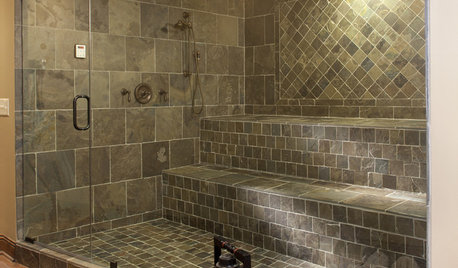
SHOWERSSteam Showers Bring a Beloved Spa Feature Home
Get the benefits of a time-honored ritual without firing up the coals, thanks to easier-than-ever home steam systems
Full Story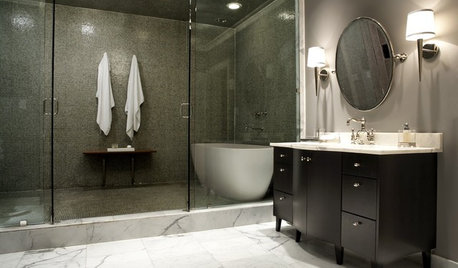
BATHROOM DESIGNHow to Choose Tile for a Steam Shower
In steamy quarters, tile needs to stand up to all that water and vapor in style. Here's how to get it right the first time
Full Story
HOUSEKEEPINGEasy Green: Steam Cleaners for a Chemical-Free Sparkle
Deep clean and sanitize by harnessing high-temperature water for floors, curtains and clothes as immaculate as they are healthy
Full Story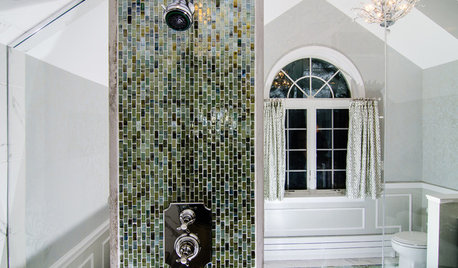
BEFORE AND AFTERSA Chilly Massachusetts Bathroom Gets the Hotel-Spa Treatment
Luxurious details including a steam shower and radiant-heat flooring create a relaxing private master bathroom for a couple
Full Story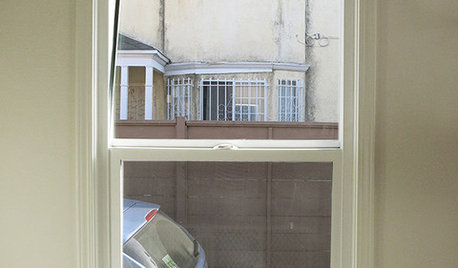
WINDOW TREATMENTS6 Ways to Deal With a Bad View Out the Window
You can come out from behind the closed curtains now. These strategies let in the light while blocking the ugly
Full Story
BASEMENTSHouzz Tour: Swank Style for a Fully Stocked Basement
Tucking into plush seating or the steam shower, curling up with wine or a movie, these homeowners can do it in utmost comfort
Full Story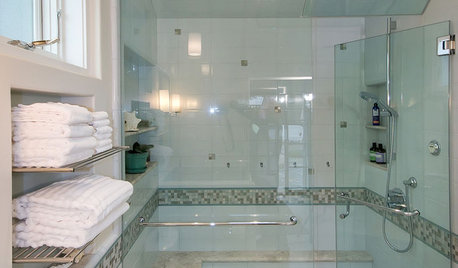
SHOWERSGet Steamy in the Shower for Spa Time at Home
Learn the components of a steam shower to plan a safe and sturdy installation and a soothing bath experience
Full Story
MORE ROOMSJunk-Storing Garage Becomes a Cabana Getaway
See how a family short on space swapped storage for a steam shower, a wet bar and room to play
Full Story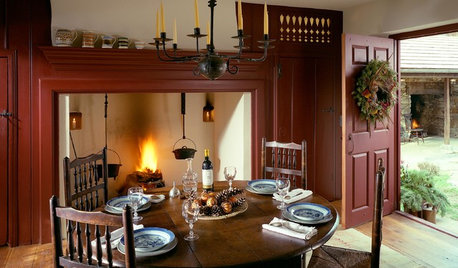
MONTHLY HOME CHECKLISTSTo-Dos: Your November Home Checklist
Give your home a festive holiday air without running out of steam, and stay safe and snug as temperatures drop
Full Story
REMODELING GUIDES4 Key Space-Planning Considerations
Before you head full steam into a remodel or furniture update, heed this advice from the pros to put your space on the right track
Full StorySponsored
Most Skilled Home Improvement Specialists in Franklin County
More Discussions








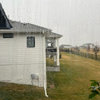


HomeSealed
angeezOriginal Author
Related Professionals
Aventura Window Contractors · Leicester Window Contractors · Elkridge Window Contractors · Fort Myers Window Contractors · Vashon Window Contractors · Verona Window Contractors · Lomita Interior Designers & Decorators · Rosaryville Interior Designers & Decorators · Centereach General Contractors · Fort Pierce General Contractors · Gainesville General Contractors · Hampton General Contractors · Miami Gardens General Contractors · Norristown General Contractors · Scarsdale CarpentersangeezOriginal Author
oberon476
HomeSealed
angeezOriginal Author
HomeSealed
angeezOriginal Author
Windows on Washington Ltd
HomeSealed